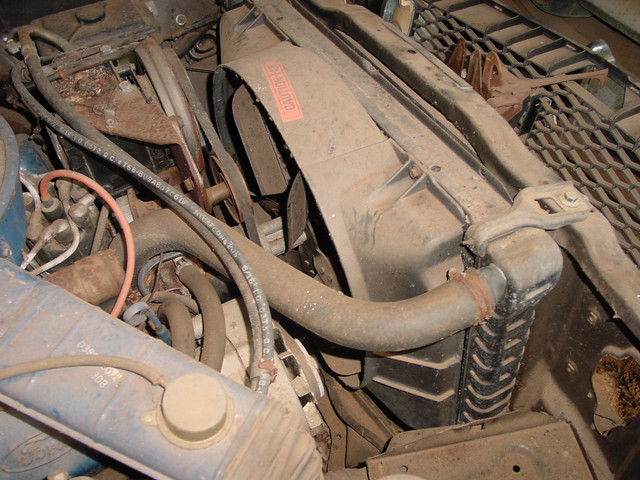On the recall. I still have my recall letter somewhere. I never took it in for replacement. Just as a little insurance edge cracks and die marks in the stamping that cause the failures are know to be issues. The condition of the die cutting steels have a lot to do with this happening and may be random. If you are going to run one of the originals. I would go around the edges of the stamping with a fine grinding wheel and remove the die break out marks on the edge to give it a smooth edge. This will help stop any cracks. If you see cracks in the metal it is too late and DO NOT use it.
When working in the lawn equipment business we accelerated the failures of stampings on vibration tables. We knew the harmonics that the part would see in use and could put parts on the table and make them fail early. Every batch of mower blades had a sample pulled and put on for test. We had a batch that was failing in less than 3 min. of testing. When I went to the supplier to see what was up there was a fine line. A die mark caused by a wire EDM start mark that was the start of the cracks it was .003 deep. Stoned the mark off the tooling ran parts took back and tested and they were ok. So a tiny little defect in a stamping like in a fan that is subject to a harmonic failure can cause serious issues.
I expect to see lots of cracks in the new vehicles in coming years due to the use of HSS or UHSS in the construction. The Ultra High Strength Steels will fail if you try to reform them even new. There are steels in automobiles today that have to be heated up red hot and hot formed. If you try to form them cold they break like glass. A cooling fan on a car and the flywheel are two areas that are prone to harmonic failures and both can be deadly.
This pic is of an original 1973 351 C, 4-V as from factory.






















































